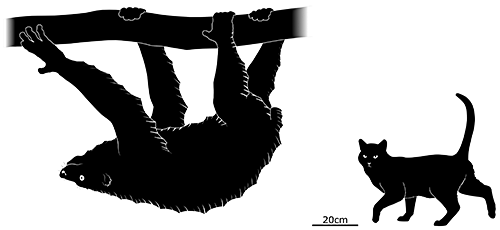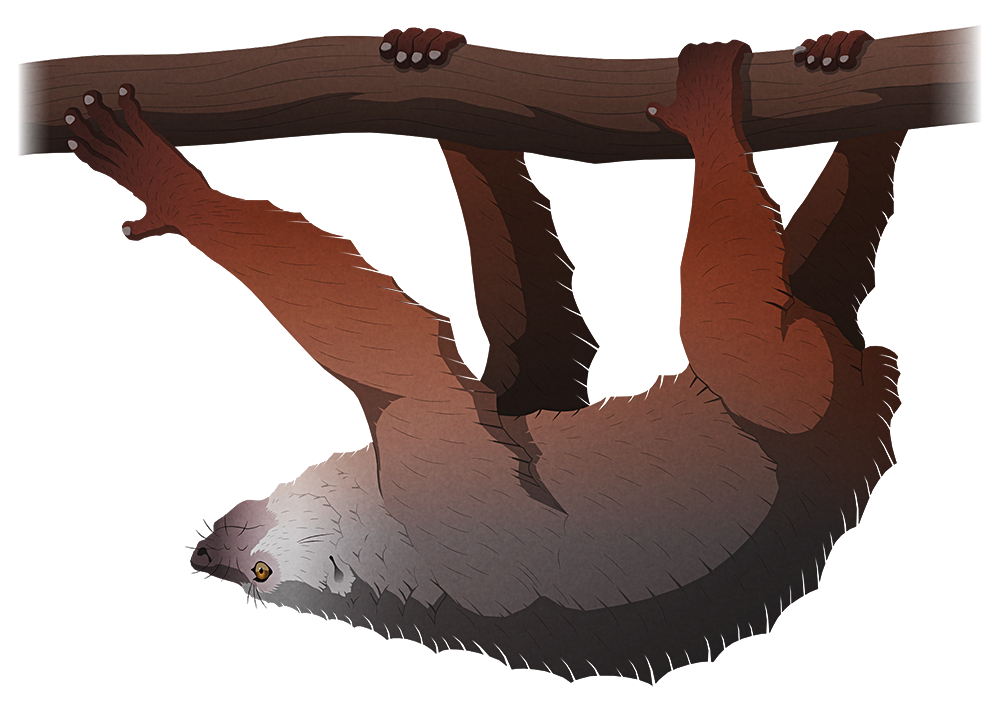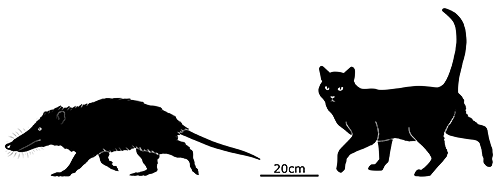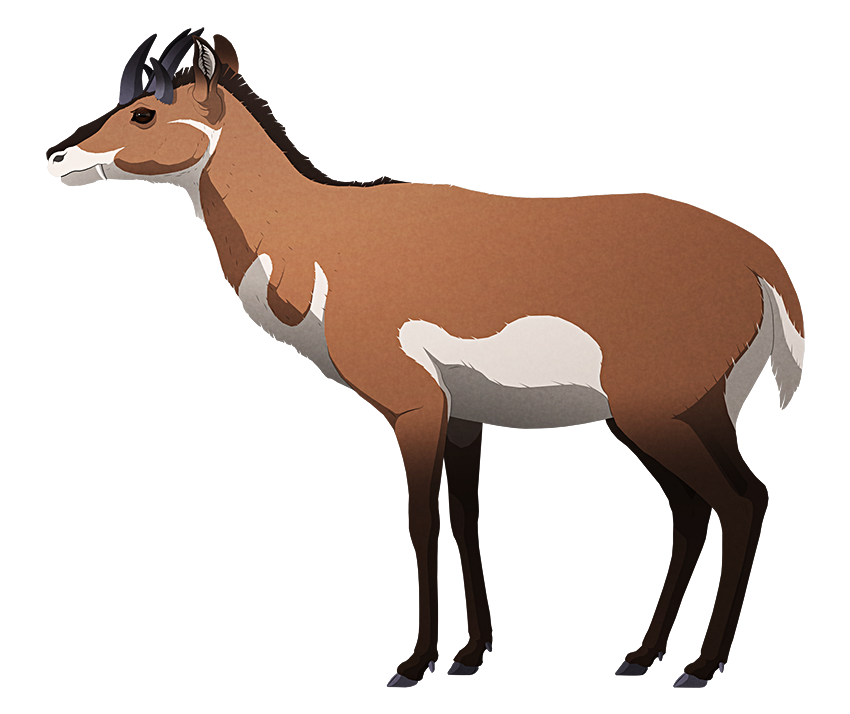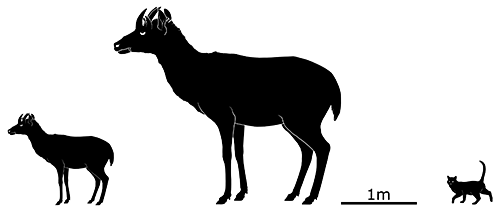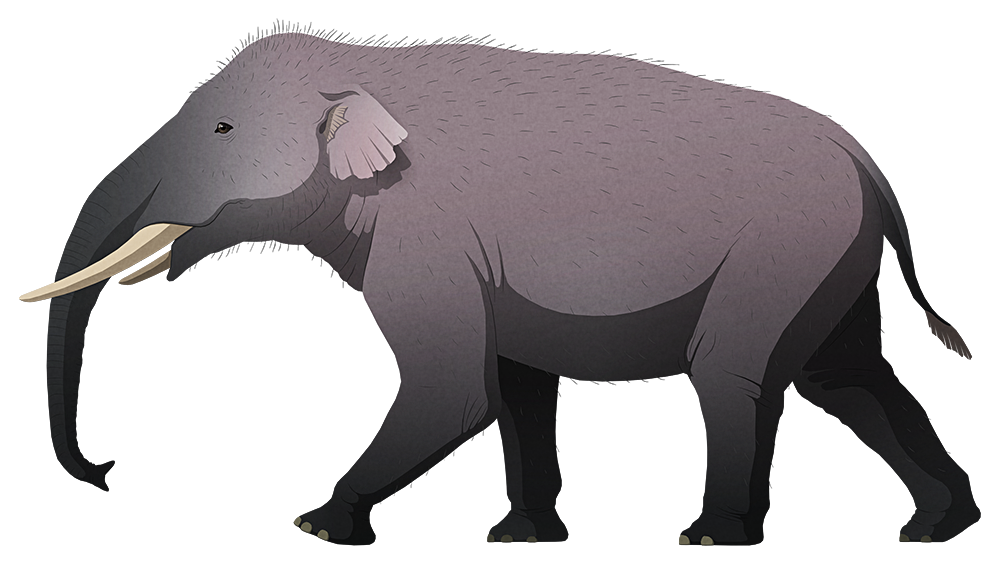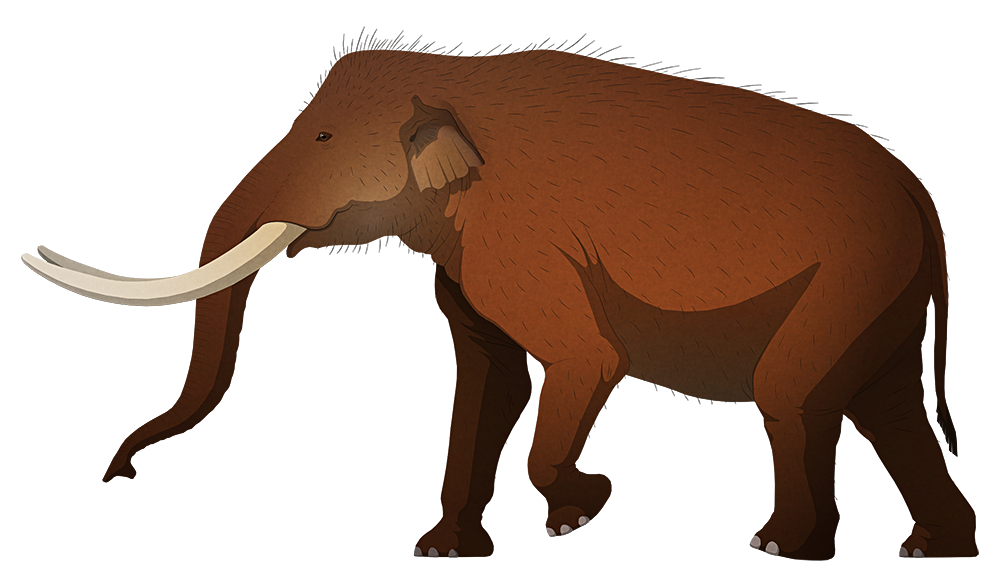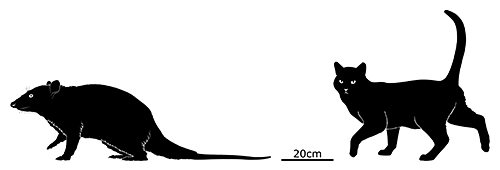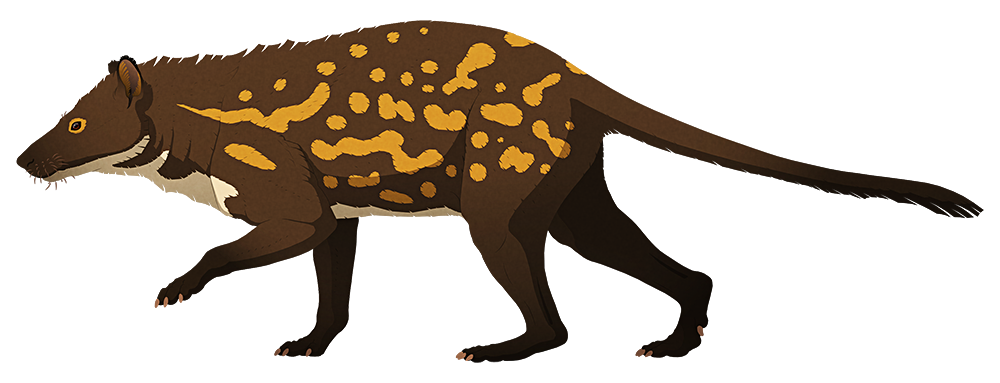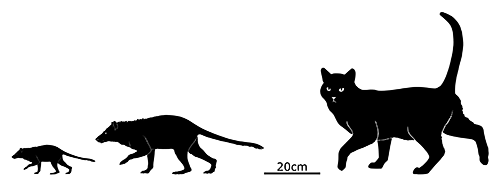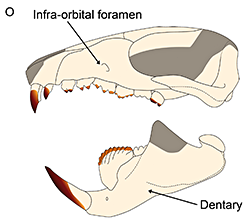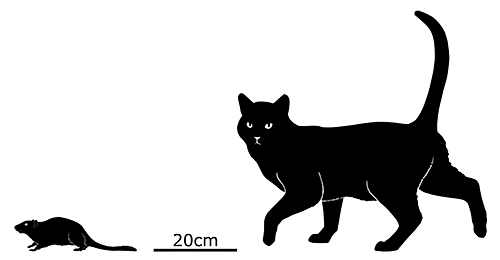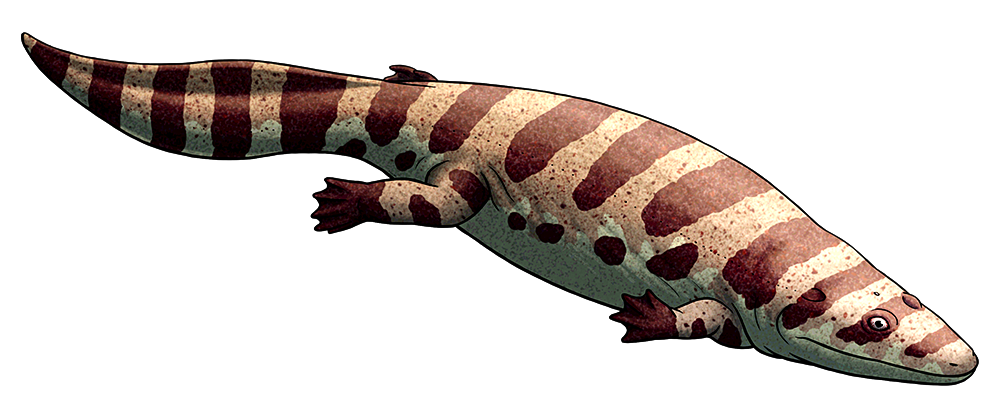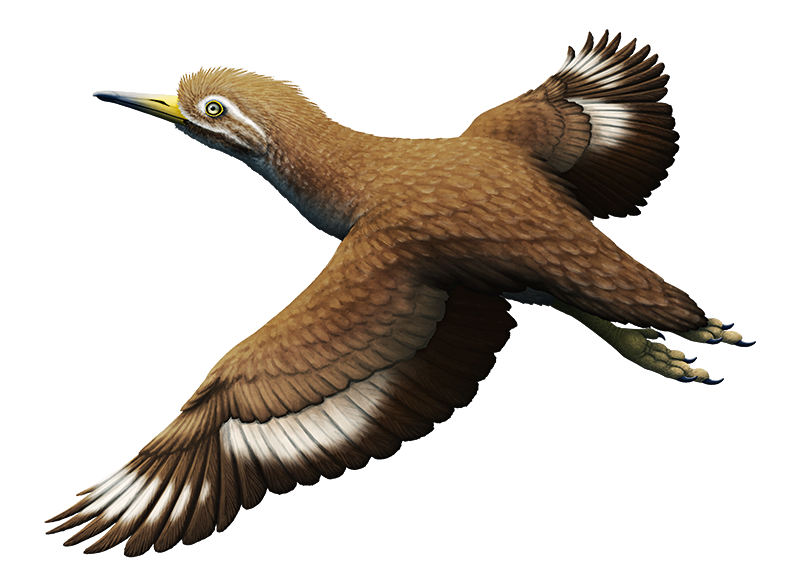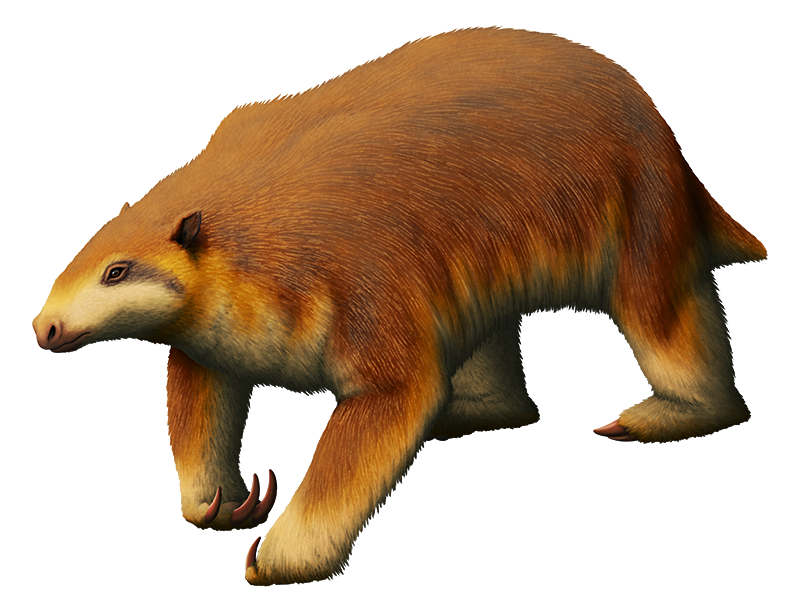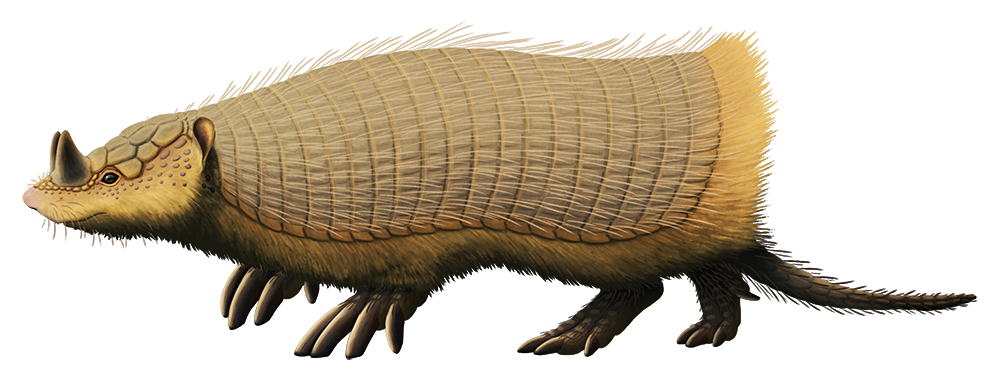The island of Madagascar has been isolated from other landmasses for almost 90 million years, and as a result there are many lineages present there found nowhere else on Earth.
Lemurs are one of the island’s most famous residents, having arrived from Africa via a rafting event sometime early in the Cenozoic and evolving to fill the ecological niches occupied elsewhere by monkeys and apes. But while there are around 100 lemur species alive today, there used to be more before the arrival of humans – subfossil remains from the last 25,000 years hint at an ecology with even greater diversity, and types of lemurs much larger than any still living today.
The sloth lemurs, as their name suggests, resembled modern sloths in a remarkable case of convergent evolution. With long limbs and long hooked fingers and toes they were adapted for swinging through trees and hanging from branches, feeding on a wide range of plant material such as leaves, fruit, and seeds.
Palaeopropithecus was one of the larger members of this group, and the most specialized for sloth-like upside-down suspension. Three different species have been identified, with the biggest (Palaeopropithecus maximus) possibly measuring around 1m long (3′3″).
It probably spent almost its entire life in the trees, and would have been slow and awkward on the ground. Malagasy folklore about a creature known as the tretretretre or tratratratra, which couldn’t navigate on smooth flat surfaces, may even represent a cultural memory of Palaeopropithecus from before its extinction – which may have happened as recently as within the last 500-1000 years.
